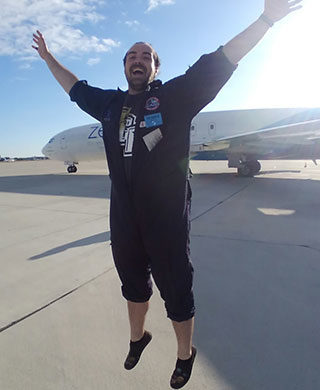
Meteorite Searching
Meteorite fall predictions from a camera network typically produce a “fall line”—a straight or curved line on the ground typically a few km long—where it is believed the meteorite has fallen somewhere along the line. However its precise location along this line is unknown; this is a result of the effects of atmospheric winds during the fall, coupled with a lack of knowledge of its density, shape and precise mass. We can estimate some parameters for the meteoriod, to help with shape, mass estimates, as discussed in the modelling meteoroids page.
The actual Meteorite searching plans on the ground owe much to search and rescue theory, but simplified, as a meteorite is not a moving target. Most of the falls observed by the DFN are in the remote outback, and so searching teams usually consist of 4-6 people, who camp on site for up to two weeks. This means that the searching strategy is focused on efficiency, rather than speed. The practical searching techniques used by the DFN team are adapted to the predicted fall size and error ellipse:
- Searching on foot, gridding the area using GPS units to guide walkers, or using survey flags to mark areas; useful for smaller predicted masses, or a smaller error ellipse. This allows detailed coverage of the area with a higher confidence, but less area is searched per unit time.
- For larger areas, searching using quadbikes or ATVs. This is most applicable for larger predicted falls, or good clear area with good long distance visibility.
- Current research is focusing on the use of drones as a technique to improve efficiency.
If you are keen to join us on a meteorite searching expedition, send an email to one of the people below, we’re always keen for enthusiastic volunteers!
People
Martin Towner


